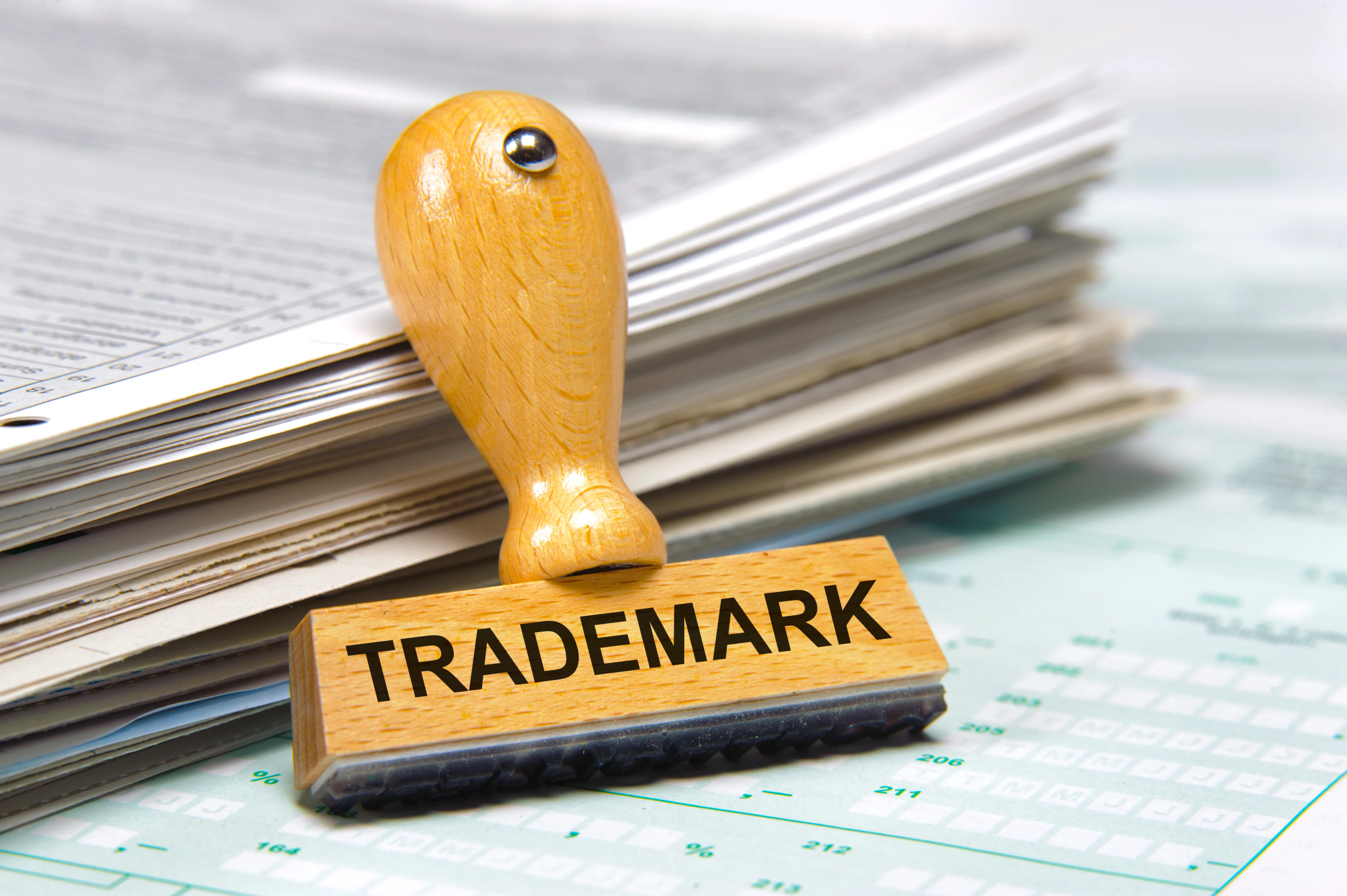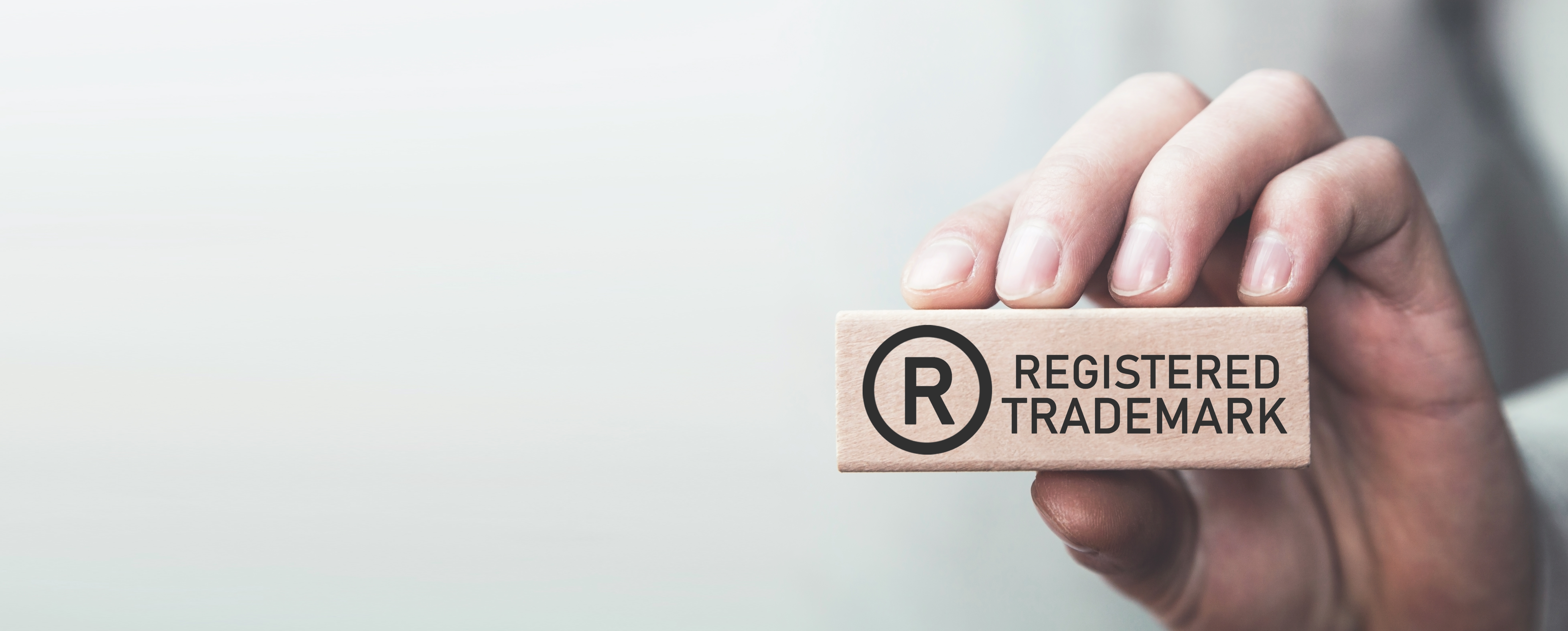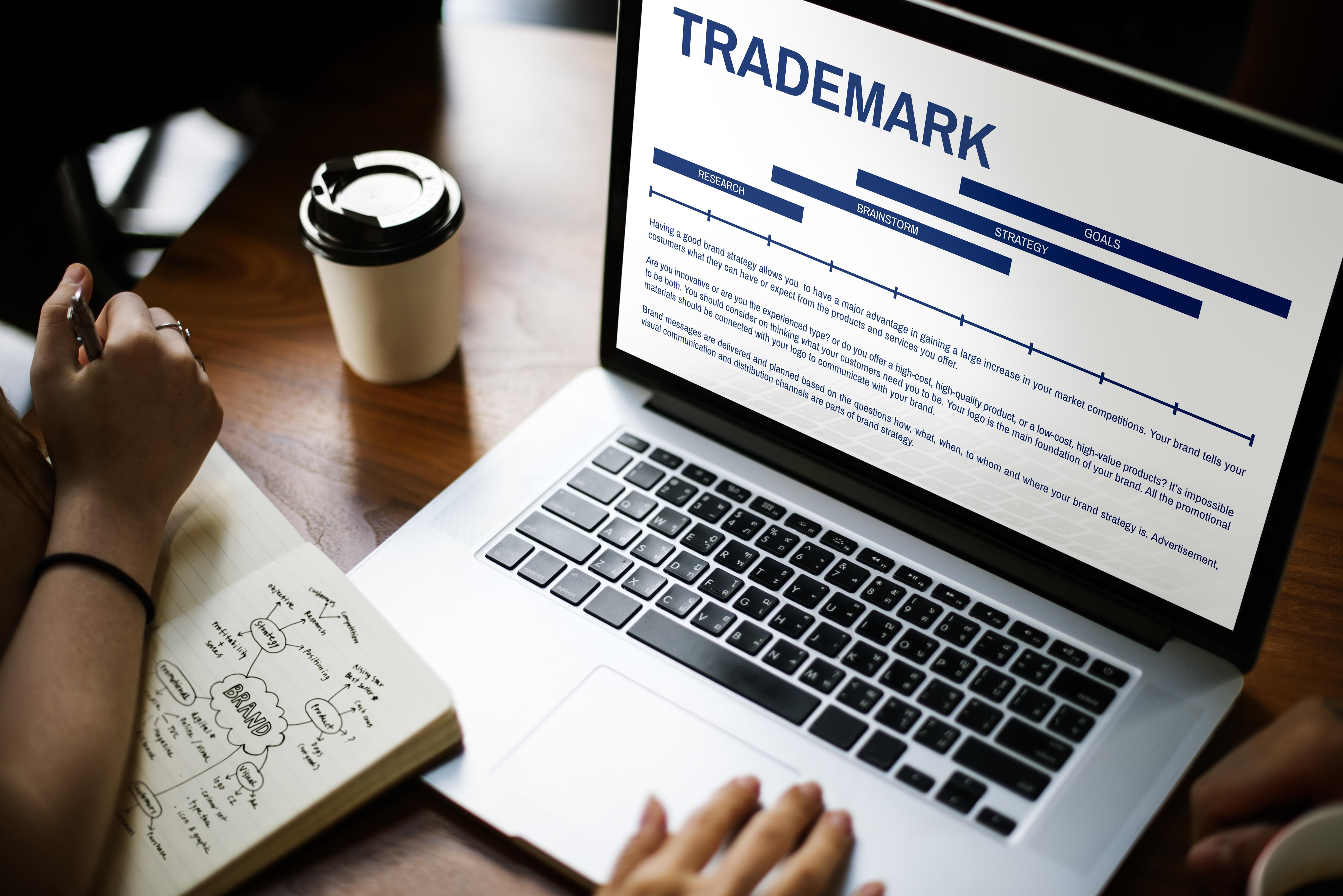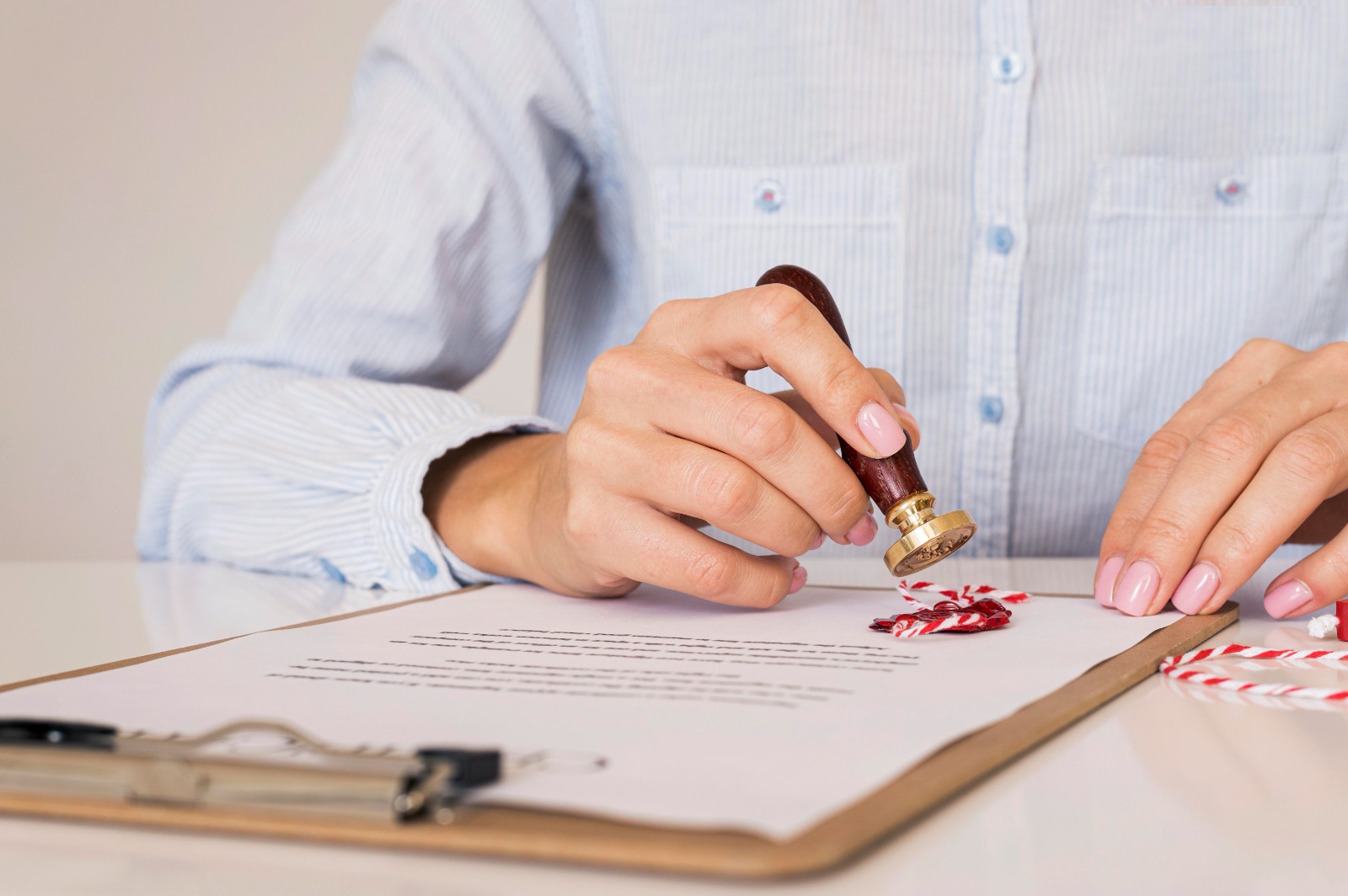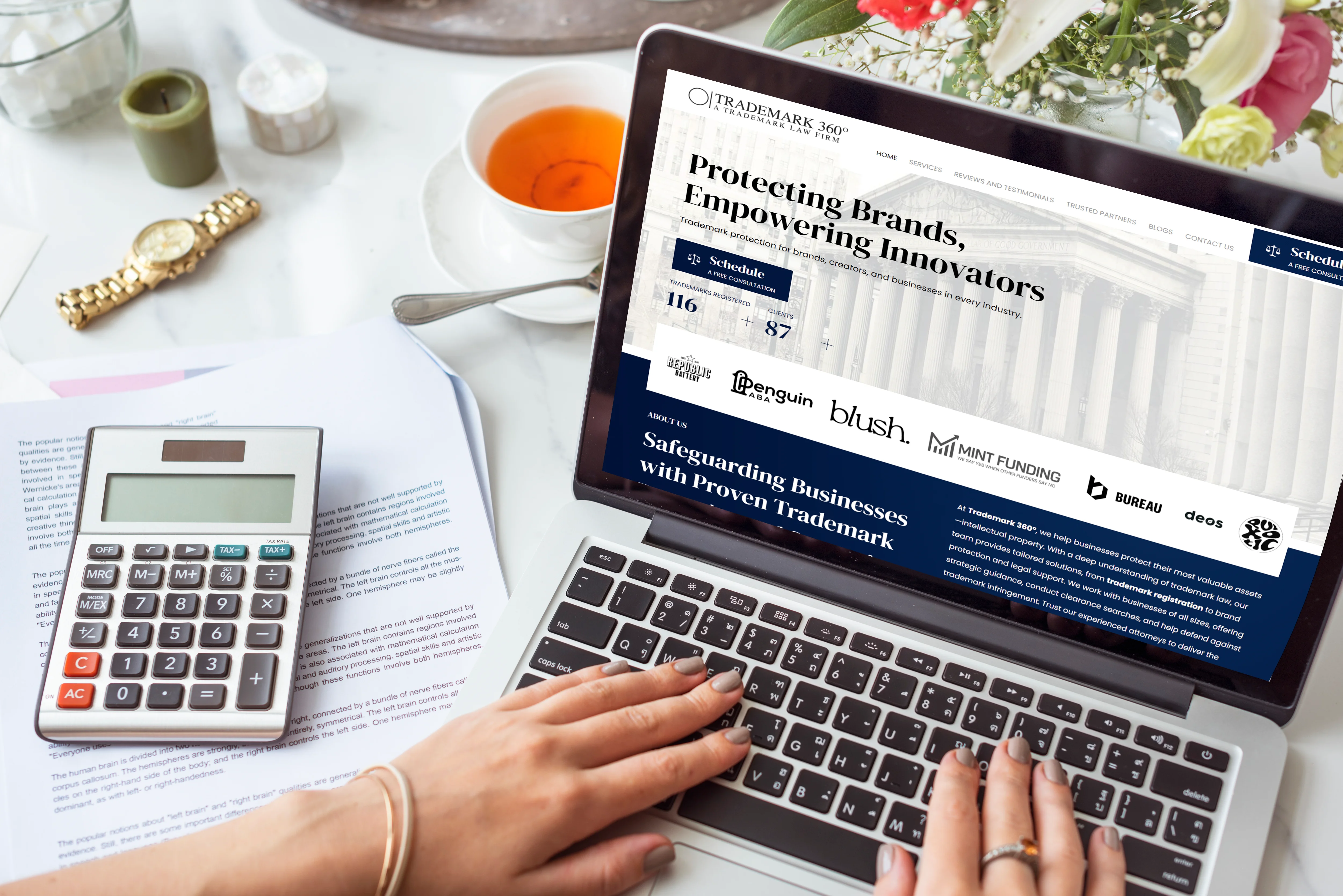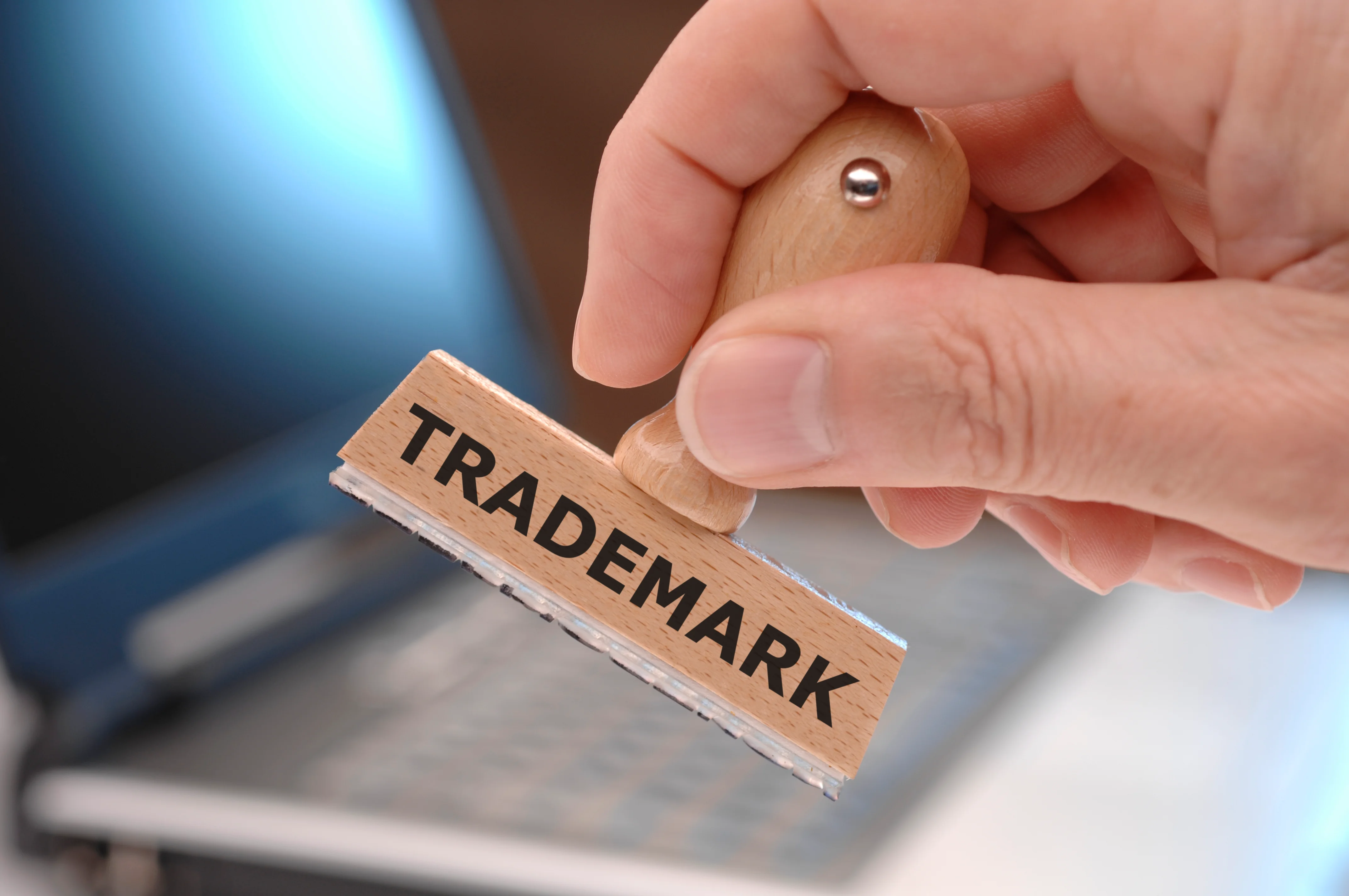Securing your brand identity is one of the most important steps any business, big or small, can take. Whether you're launching a new product line or building a startup from the ground up, registering a trademark gives your brand legal protection and long-term value. However, many business owners rush through the process without fully understanding what trademark registration is, why it matters, or how to avoid the costly mistakes that lead to delays, rejections, and wasted fees. Before we explore the most common errors in the application process, let's take a closer look at the basics of registering a trademark and why it's essential for every business.
What Is Trademark Registration?
It is the official process of securing exclusive legal rights to use a specific name, logo, phrase, symbol, or design in connection with particular goods or services. Once your trademark is registered, it becomes a protected form of intellectual property, giving you the legal authority to stop others from using a similar mark that might confuse consumers. It not only offers legal backing but also enhances brand recognition and provides long-term value as your business grows. It's a key step in building and defending your brand identity in a competitive marketplace.
Why Trademark Registration Matters for Businesses and Startups
For any business, especially startups, your brand is one of your most valuable assets. Without it, your brand name or logo can be misused, copied, or even legally challenged by someone who registered it before you. This can lead to reputational damage, lost customers, or costly legal disputes. Startups are particularly vulnerable. In the early stages, they often invest heavily in branding, packaging, and marketing. If trademark protection is overlooked, all that investment could be at risk. By registering your trademark early, you gain legal ownership and protect your ability to grow without obstacles.
The Cost of Making Mistakes: Delays, Rejections, and Wasted Fees
Many businesses underestimate the complexity of trademark registration. Whether it's due to rushing the process or lacking legal knowledge, even simple mistakes can lead to major consequences. From wasted government fees to legal disputes, the impact of a poorly filed trademark application can be severe, especially for startups and small businesses.
1. Application Rejections
One of the most common outcomes of filing errors is rejection by the trademark office. This usually occurs when applicants submit a weak mark (such as one that's too generic), select the wrong class of goods or services, or fail to demonstrate how the mark is being used in commerce. The trademark office examines each detail closely, and if your application doesn't meet the standards, it will be refused. Unfortunately, the filing fee is non-refundable, meaning you lose money even if the registration fails. This is why understanding how to file a trademark application properly is so critical from the start.
2. Wasted Filing Fees and Additional Legal Costs
Filing fees for trademark applications are just the beginning. If your application contains errors, you might need to pay additional fees to correct them or refile the entire application. In some cases, you may need to hire a legal expert to draft responses to office actions or appeals. These legal costs can quickly outweigh the original filing fee, especially if the application goes through multiple rounds of review. What could have been a straightforward trademark registration process becomes a prolonged and expensive ordeal.
3. Cost of Delays
When mistakes lead to rejections or requests for clarification, the timeline for approval is significantly extended. These delays can stretch for months, leaving your trademark unprotected during that time. If you're preparing for a product launch or marketing campaign, such delays can disrupt your business plans and expose your brand to risk. Without the protection of a registered mark, others could claim similar branding and register before you. Delays in your trademark registration not only affect your timeline but also compromise your legal footing.
4. Risk of Losing Your Brand
One of the most damaging consequences of a flawed trademark filing is the risk of losing your brand altogether. If a competitor registers a similar mark while your application is pending or rejected, they may gain exclusive rights to use it. This could force you to stop using your current name or logo, leading to a costly and disruptive rebranding process. You may have to redesign marketing materials, update product packaging, and rebuild customer recognition. In the worst-case scenario, all the goodwill you've built under your brand could be lost.
Common Mistakes to Avoid During Trademark Registration
Applying for a trademark in the United States may seem simple, but the legal requirements and technical steps can easily lead to costly errors. Many applicants unknowingly make mistakes that result in delays, rejections, or loss of rights.
1. Skipping a Proper Trademark Search
Before you file a trademark application, it's essential to conduct a comprehensive search for existing marks. Many applicants rely only on the USPTO's TESS database and search for exact matches. However, the USPTO examines more than just direct duplicates. It also evaluates phonetic, visual, and conceptual similarities between marks. In 2017, the USPTO rejected will.i.am's application for "I AM" due to existing registrations of "I AM" for related goods. The refusal was based on the likelihood of confusion, even though the applicant argued differences in branding and goods.
To avoid such issues, applicants should invest in a professional clearance search that includes common-law sources, domain names, and other variations, not just the USPTO database.
2. Using Generic or Descriptive Terms
A critical mistake is choosing a mark that is too generic or merely descriptive. The USPTO routinely refuses applications where the mark directly describes the goods or services. These terms fail to distinguish the product from others in the market and are considered unregistrable unless they acquire distinctiveness over time. Selecting a strong, distinctive name—preferably suggestive, arbitrary, or fanciful—will improve your chances of successful trademark registration.
3. Filing in the Wrong Class of Goods or Services
Every trademark application must include the correct class(es) of goods and services. The USPTO uses 45 international classes to categorize these. Filing under the wrong class or omitting a necessary class can render your trademark registration incomplete or invalid. In In re The Place Inc., a restaurant filed in the incorrect class for food services, and the application was rejected for not matching the actual use of the mark. This case demonstrates the importance of accurately identifying the scope of use.
Businesses should review all services they provide and consult a trademark filing service or legal advisor to ensure proper class selection.
4. Submitting Inadequate Specimens of Use
When applying for trademark registration on a "use in commerce" basis, applicants must submit a specimen showing how the mark is actually used in connection with the goods or services. Submitting mockups, digital renderings, or promotional materials that don't show real-world use often leads to refusal. Acceptable specimens for goods include labels, packaging, or photos of the product with the mark clearly displayed. For services, a website showing the mark in connection with described services is usually valid.
5. Overlooking the Likelihood of Confusion Standard
The USPTO can reject your trademark application if it believes your mark is too similar to an existing registered one, even if the spelling or appearance differs. It considers pronunciation, commercial impression, and industry overlap.
In Playboy Enterprises, Inc. v. Netscape Communications Corp., Playboy sued Netscape and Excite for selling banner ad space triggered by the keyword "Playboy." Although the advertisers were not affiliated with Playboy, the use of the brand name in connection with unrelated ads was found likely to confuse consumers. The court ruled that using a well-known brand in ways that suggest sponsorship or affiliation, regardless of the product category, can constitute trademark infringement due to likelihood of confusion.
This highlights why a similarity analysis should be a standard step before filing for trademark registration. Even when industries differ, if your trademark creates an impression of affiliation with an established brand, it can be rejected or lead to legal action.
6. Missing USPTO Office Action Deadlines
After filing for trademark registration, you may receive an Office Action requiring clarification or amendments. Failing to respond within the 3-month deadline results in automatic abandonment of your trademark application. According to the USPTO, over 20% of applications are abandoned due to missed deadlines or incomplete responses. The agency does not send reminders, and it's the applicant's responsibility to monitor the TSDR (Trademark Status and Document Retrieval) system.
Working with a trademark filing service or attorney can help ensure all communications are handled promptly and correctly.
Get It Right the First Time
Filing for a trademark may seem straightforward, but the process is filled with technical requirements that can result in costly errors if not handled correctly. From choosing a legally protectable mark to naming the correct owner, each step demands precision. As seen in real-world cases, even seemingly minor mistakes, like listing the wrong entity or failing to demonstrate use, can lead to your application being denied, delayed, or invalidated entirely. Avoiding these common mistakes in trademark registration not only protects your brand legally but also saves you from wasting valuable
Ready to protect your brand the right way? Let Trademark 360° handle your trademark registration with precision and care. Avoid costly mistakes—get expert help today!
Powered by Froala Editor

